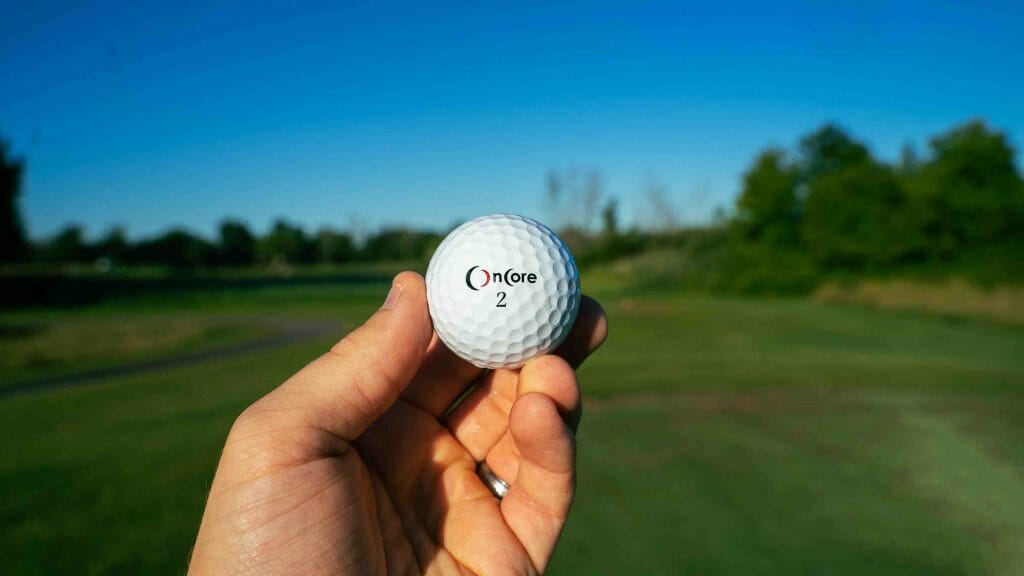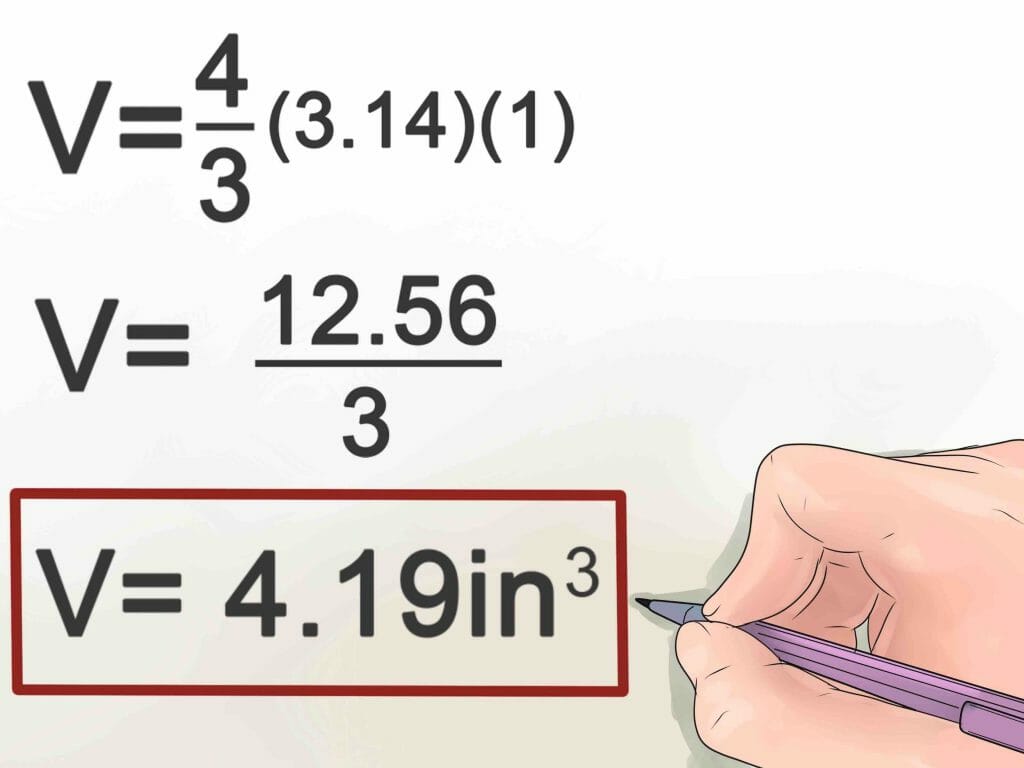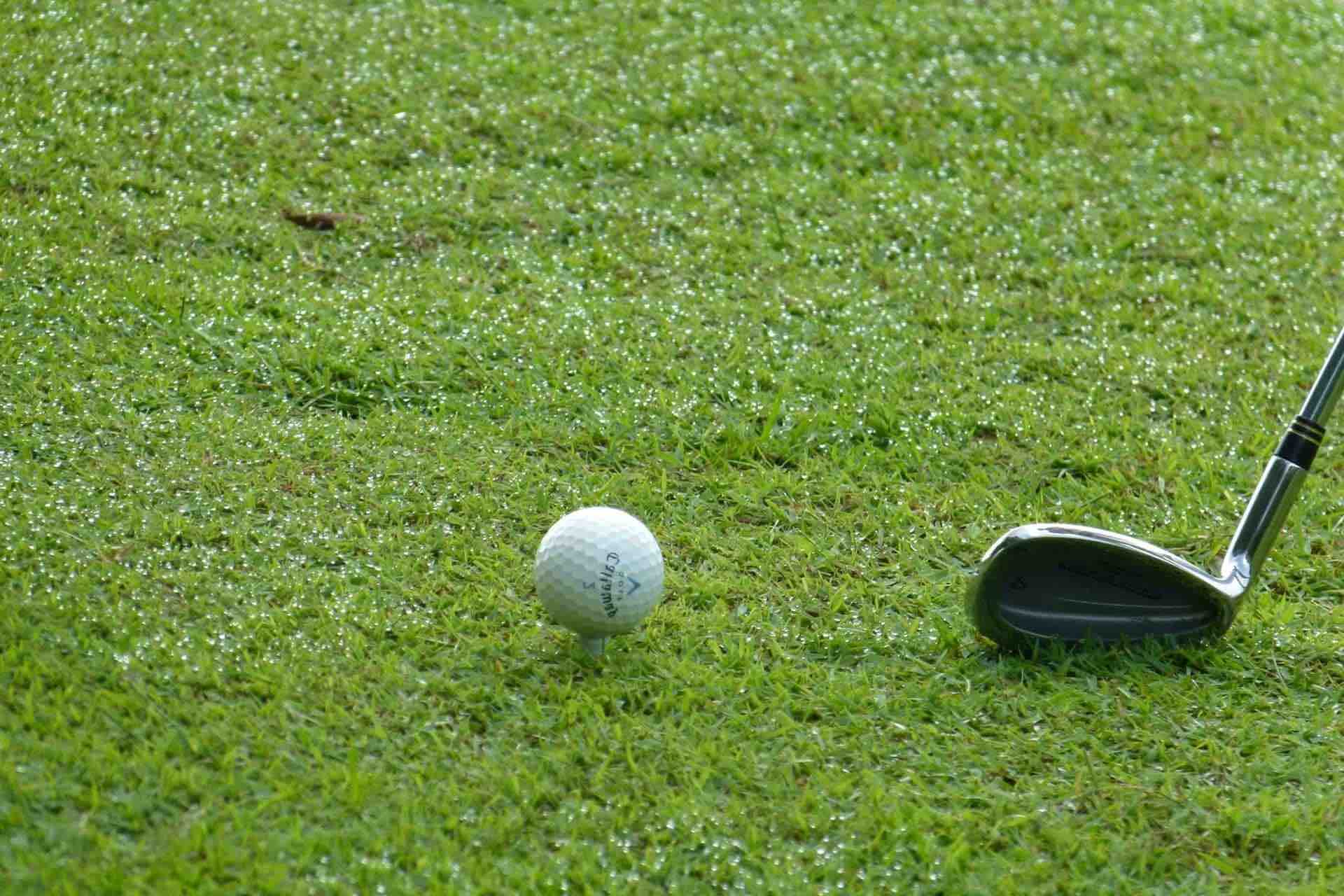You may be trying to make some calculations to fill a box or you may have other reasons to know what the volume of a golf ball is, regardless we will help you out here. The answer depends on the type of golf ball. We’ll take you through the math and show you how to figure it out.
To make things easier for you, we’ve put together this handy guide that will explain everything.
Average Volume

In general, USGA rules allow a ball to have a diameter of 1.68 inches, corresponding to a volume of about 2.48 cubic inches (40.68 cm3). The number and depth of dimples will affect its actual volume as well.
The diameter of an official golf ball must not be less than 1.68 inches. This is the same as (4.268 cm) or (42.68 mm). A golf ball’s average width and height are (43 mm).
Size and Volume Chart

There are a lot of different types of balls when it comes to golf. But if you don’t know what to look for, then buying one is going to be difficult.
There used to be two old ball sizes for golf, British and American. The R&A, the British governing body, chose a diameter of 1.62 inches while the Americans could not agree on size until 1999. To make golf more competitive, the USGA made the new minimum size for a golf ball 1.68 inches.
You may find your own golf ball is larger than 1.68″ if you measure it. Golf balls are only required to be 1.68″ in diameter at the very least.
Following our discussion, we have included a chart below to give an understanding of variance sizes. For each size, the size in cm, mm, and inches is recorded as well as their volume. (1)
| GOLF BALL SIZE IN MM | GOLF BALL VOLUME |
| Diameter: 42.67 mm | |
| Circumference: 134.05 mm | |
| Radius: 21.33 mm | Volume: 40.677cm3 |
| Weight: 1.62oz |
How To Measure (Formula to Use)

You can calculate the volume of a sphere by knowing its radius. The displacement of water can be computed using this equation.
With a direct measurement, the risk of getting an inaccurate answer due to the dimples right on the surface of a ball is eliminated. The minimum legal size for a ball is about 40.68 cubic inches (~2.482 cubic centimeters).
To compute the volume of a golf ball, we take the radius of 0.83 inches and multiply it by the volume of a sphere. We get 2.482 (cu in) | 40.677 as a result (cm3).
Formula to Use
V = 4/3 (pi) r3 (4 x 3.1416 x radius cubed)
Weight of a Golf Ball
A typical golf ball weighs 1.620 ounces (45.93 g). This is the maximum weight of a golf ball that can be used in a competition. As you can see most golf balls are around 46 grams, this weight was chosen as it seemed like the perfect balance between being too light or too heavy.
Each ball has the same starting weight, plus or minus a few thousandths of an ounce. You can’t tell the difference in weight between expensive balls like the Pro-V1 and Titleist, and cheaper balls like ChromeSoft.
- A typical golf ball weighs 45.93 grams.
- A golf ball weighs about 1.62 ounces on average.
- A golf ball weighs 0.101 pounds on average.
- A golf ball weighs 0.0459 kilos on average.
Calculating the diameter of a ball is possible when you know its diameter. Calculating it directly is possible when using displacement of water. The “dimples” on the ball’s surface are eliminated as a source of error.
How to Measure
You can check this easily by putting a golf ball in a beaker of water. Put the golf ball in 200 ml of water, which should cause some to spill out into another vessel.
Water has an almost exact volume of 1 milliliter = 1 cubic centimeter, so the submerged ball’s displacement will approximate its volume in centimeters. (2)
Here is the last bit of information that might be useful
A guide to choosing the right golf ball size:
| BALL SIZE | COMPRESSION | RECOMMENDED FOR |
| 1.58” (small) | Low | Beginners, Females, Seniors |
| 1.64” (regular) | Mid, High | Intermediate, Professionals |
| 1.73” (large) | Low | Beginner, Seniors |
This guide has hopefully helped you better understand golf balls’ volume and which one is right for you. Have a great time golfing!
Below are product guides for golf balls. You may want to check and refer to them later. Until our next article!
References:
(1) volume – https://www.britannica.com/topic/volume
(2) displacement – https://phy.duke.edu/~schol/phy151/faqs/faq11/node5.html

No responses yet